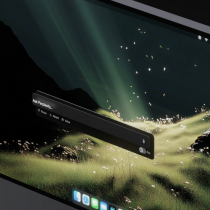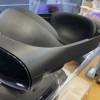The Ars VR headset showdown—Oculus Rift vs. HTC Vive
In our original reviews of the Oculus Rift and the HTC Vive, we tried very hard to examine these virtual reality systems on their own merits without constant comparisons to the competition. But no product exists in a vacuum. After years of buildup, we’re now faced with two competitive, PC-tethered VR headsets hitting the market right next to each other. Unless you have a spare $1,400 to spend to buy both headsets (or more if you need to outfit a gaming PC, too), you’ll have to pick one or the other if you want virtual reality in your home as soon as possible.
Today, we’ll lay out the major pros and cons of both Oculus and HTC’s VR systems as we see them in order to (hopefully) guide you to the headset that’s right for you. If you’re just planning on scrolling to the bottom for our final verdict, though, here’s a spoiler—we’re not entirely sure you should buy either one just yet.
On a pure baseline of technical specs, there’s remarkably little difference in the Rift and Vive. Both sport two 1080x1200 pixel OLED displays (one for each eye) that provide an utterly convincing 3D effect. Both headsets have 90 Hz refresh rates, low-persistence pixel switching, and accurate, low latency head-tracking that quickly updates your apparent VR view as you move and tilt your head in space.








































































